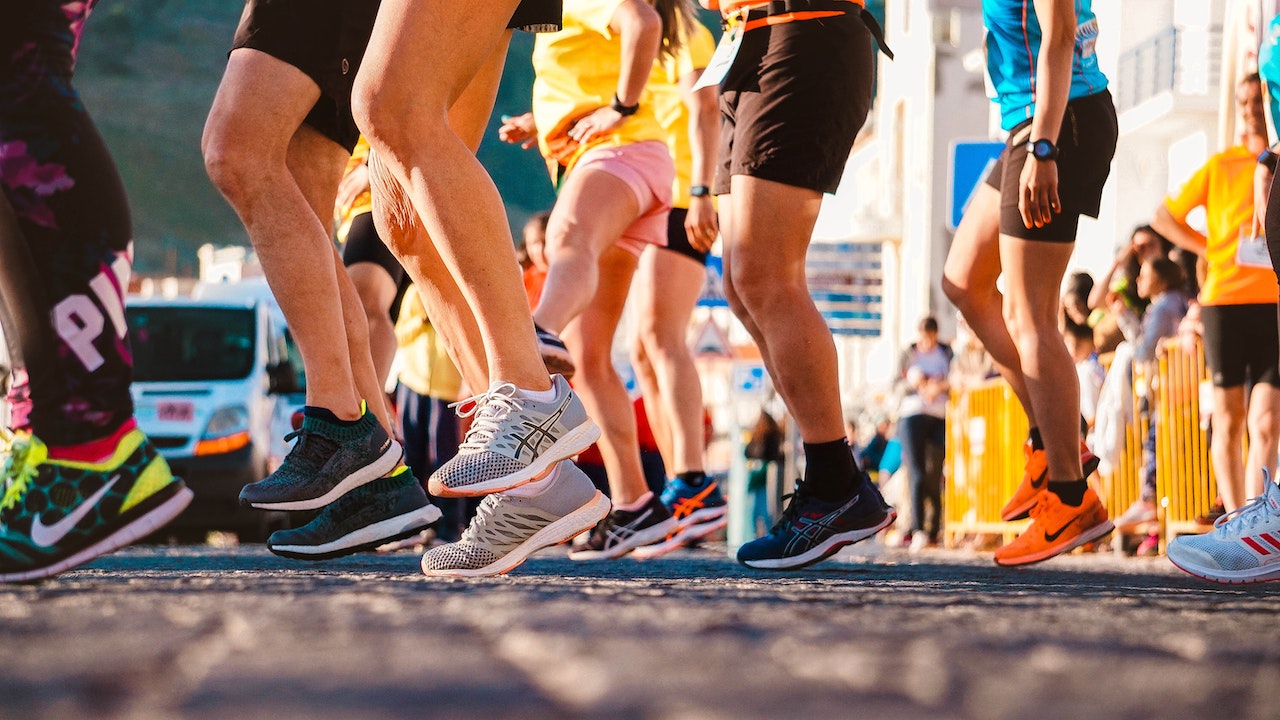
Avid runners and marathon participants are no strangers to pain and pushing through to make it through that last mile. However, training for a marathon or leaning on running as your primary form of exercise can make you vulnerable to overuse injuries. If you are training for the NYC Marathon (or any other race or running goal), these are some of the most common marathon injuries to look out for and their respective treatments.
4 Common Types of Marathon Injuries
Runner’s Knee
Symptoms: Runner’s Knee often manifests as activity-related pain located in the front of the knee. This pain is felt while active or after sitting for an extended period of time.
Treatment: The recommended treatment for Runner’s Knee, or patellofemoral pain, includes an initial period of rest, potential activity modification, physical therapy, evaluation of shoe wear, consideration of shoe orthoses, patellar taping, and a slow return to activities. If conservative measures fail, surgery may be recommended.
Achilles Tendinitis
Symptoms: The Achilles tendon is often painful and stiff in the morning. Pain will be located along the tendon or back of the heel and worsens with activity.
Treatment: Achilles Tendinitis is treated with rest and ice. Physical therapy may also be recommended to stretch and strengthen the calf muscles to reduce stress on the Achilles tendon. If pain does not improve with conservative treatments, surgery may be recommended.
Shin Splints
Symptoms: Shin splints, also known as tibial stress syndrome, are one of the most common injuries among runners. It is characterized by pain in the front of the leg or inner parts of the lower legs and the shin bone. Shin splints can be caused by running on hard surfaces or increasing your running volume too quickly.
Treatment: If you’ve been diagnosed with shin splints, giving yourself a break from running is important to allow your body to heal. In most cases, shin splints can improve with rest or by cutting back on how frequently or far you run. It’s also essential to avoid running on hard surfaces and wear shoes that provide adequate support.
Plantar Fasciitis:
Symptoms: Plantar Fasciitis is one of the most common foot injuries. Symptoms of plantar fasciitis can include pain under the heel or midfoot, gradual pain development, a burning sensation on the foot’s bottom, pain that worsens in the morning, and pain after prolonged activity.
Treatment: Some less complicated treatments are decreasing your activity or taking a break from running to reduce your pain. Switching up your running to an exercise that puts less stress on your joints and feet is another option for helping your plantar fasciitis pain. Stretching your calves and plantar fascia is also an effective way to relieve pain. Surgery may be recommended if you do not see an improvement in pain.
Over the past few years, running has become one of the most popular ways to stay in shape and improve fitness levels. If you are experiencing discomfort when (or from) running, whether you’re training for a marathon or not, please reach out to our office today and get started down a path toward less pain and higher performance!
